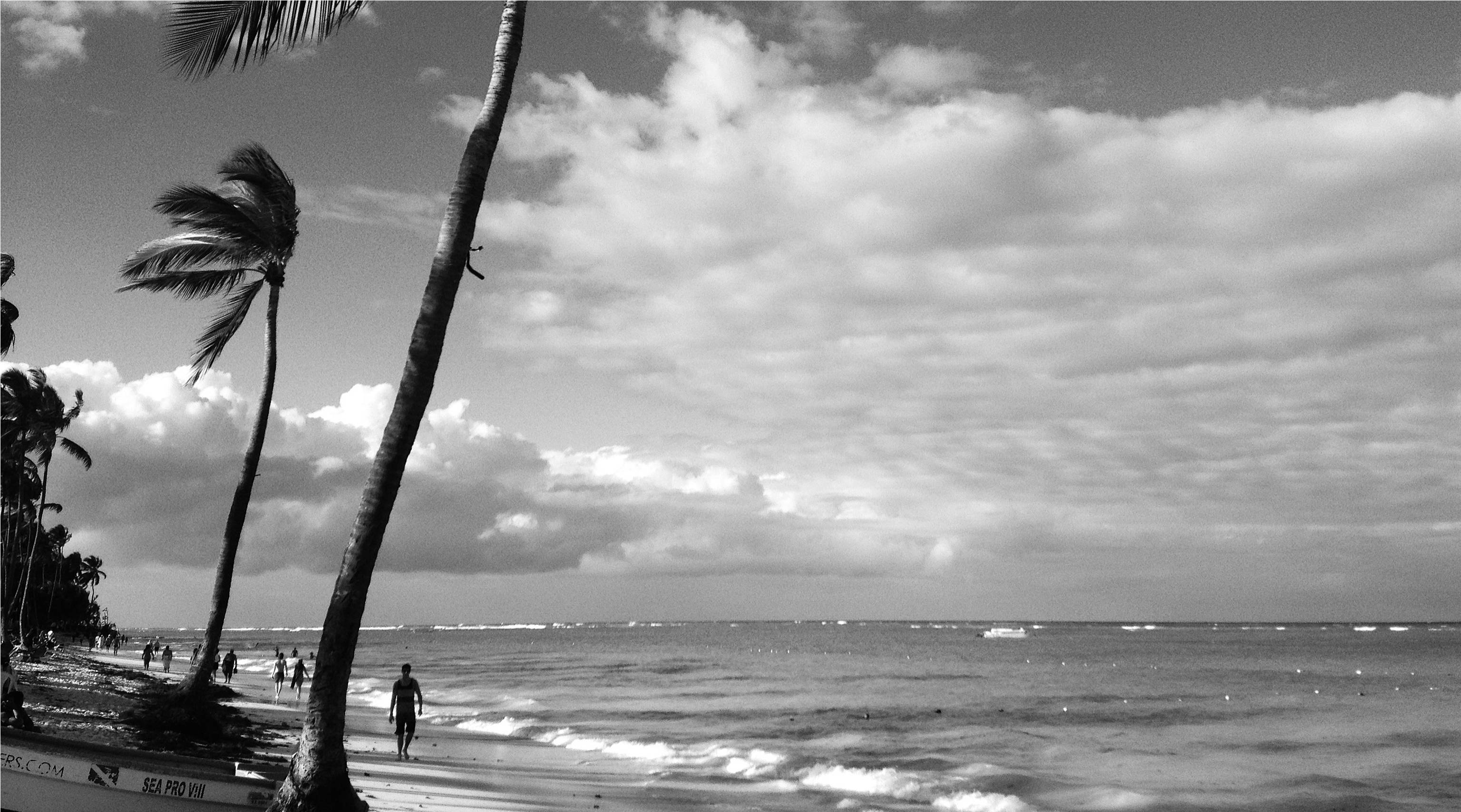Photo by MIMMI MONTGOMERY
Mimmi C. Montgomery
Staff Writer
Winter break might be over, but for those looking to start planning spring break already, the sunnier tourist season among the Caribbean Islands lasts until April. Here is why the Dominican Republic might be the right choice and the right price.
When searching online for hotels and roundtrip flight tickets to the Dominican Republic in the Caribbean Sea, what usually comes up are expensive offers to luxurious all-inclusive resorts. But for those looking to experience more than the hotel’s own restaurants, bars, and not-so-funny activity crew, traveling around the country for one week is an affordable option.
In March, there are still available flight tickets to the Dominican Republic, starting at $350. Booking hotels or hostels with good standards does not have to exceed $50 a night, and depending on how many people are in your party, prices can be shared.
Upon entering the country, you will notice that prices are remarkably lower compared to the U.S. A twenty-minute cab ride costs roughly $5, a two-course dinner, including beverage can be bought for $10, and when traveling between cities, long-distance buses charge $10 for a four-hour ride.
With that in mind, here’s a travel suggestion! Book a one-way flight to the Puerto Plata region in the North, and go to Cabarete, a spot for young people, backpackers, and adrenaline junkies. If you are into board-, wind- or kite surfing, or simply curious to try, this is the place. At the beaches Kite and Encuentro, professionals or amateurs enjoy moderately high waves and strong winds, and hotels/ hostels offer gym classes and healthier food, serving energy smoothies and veggie-wraps. At nighttime, beach bars or local clubs in the area are the places to be.
Traveling further to explore more, the trip from Puerto Plata to Santo Domingo, a trip from North to South, takes place onboard comfortable coaches. The bumpy, sometimes muddy roads, do not offer equal comfort, but the journey provides a reality check beyond resorts and paradise-like surroundings. Here, people live in thatched roofed sheds, among malnourished cattle, many miles from the nearest grocery store.
Santo Domingo, the capital, is reached in five hours. The historical city was founded in the late 1400s, and in the Colonial Zone, the castle of Christopher Columbus’ son Diego still stands, together with a statue of his father, today visited by hundreds of grey doves. A stop at the city’s botanical garden, or a stroll down the ocean-side boardwalk is also recommended, but here you cannot go for a swim.
Therefore, finish by visiting some of the best beaches in the Eastern parts of the country, (and book your flight home from the Punta Cana airport). From Santo Domingo, there is access to the Punta Cana area via the recently opened, modern Coral Highway, for $10 per bus ticket.
Punta Cana is crammed with gigantic resorts built on the pure white beaches. During tourist season, it gets crowded with guests wearing all-inclusive bracelets in every color. The numerous hotels offer many activities such as volleyball and aerobics and there are multiple water sports centers where activities like parasailing, or pirate ship tours can be purchased. At nighttime, parties happen in the resorts, – check out the Hard Rock Café Hotel & Casino.
Helpful tips when traveling in the Dominican Republic:
Not very many Dominicans speak English. If you don’t know Spanish, bring a dictionary!
Do bargain. Cab drivers and vendors attempt to charge more than necessary; price negotiation is recommended.
Always bring cash as few taxis and stores accept credit or debit cards.
Be careful! It gets pitch dark at night since many roads don’t have streetlights. Don’t walk home alone; take a cab.



Be First to Comment